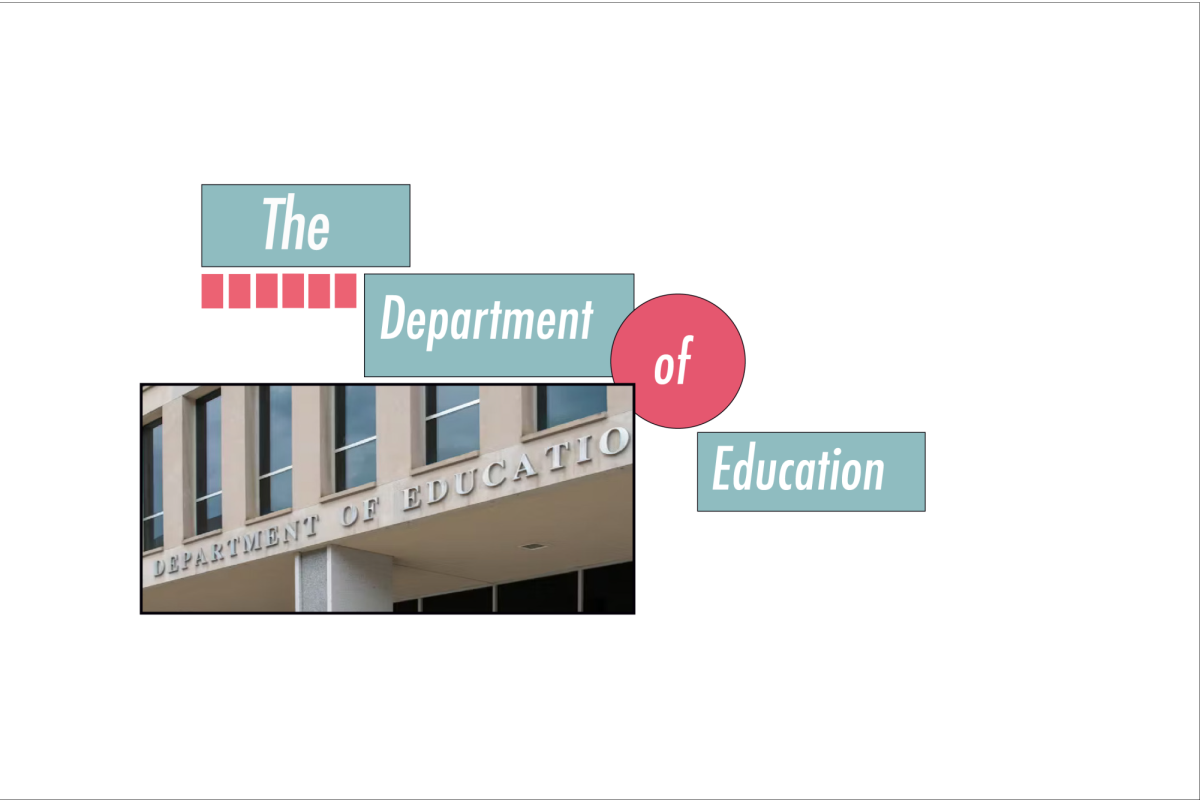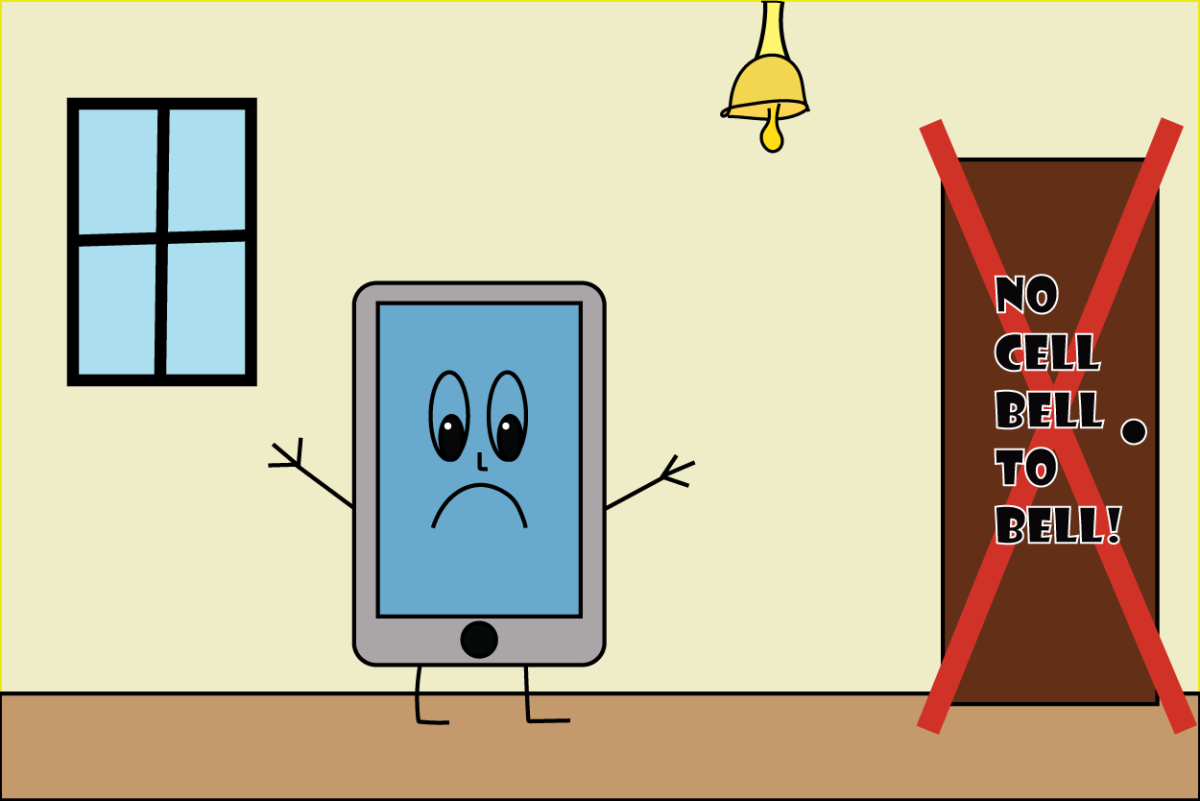“Instagram: @jayden_anderson liked your post.”
“Instagram: Follow @hazenkilt for more updates.”
“1 iMessage from Mom: What time are you coming home?”
Notifications flood your phone from friends, family, and social media, immediately averting your attention from the school work at hand. You get sucked into the virtual universe and start scrolling aimlessly.
You hear your name being called, “Can you answer number six?”
You look up from your phone, puzzled and caught off guard, completely lost…
In this day and age, technology is quickly advancing, becoming more easily accessible, and plays a larger role in our daily lives. Technology has many helpful aspects such as increasing human longevity with advanced medicine, breaking the distance barrier, and allowing knowledge and ideas to be shared at a faster rate than ever before. However, the disruption to the learning environment it creates is alarming.
The increased usage of cell phones during class time directly impacts students’ participation, productivity, retention, and performance. Taking a closer look at the Hazen community, this year, the administrators and staff came to a unanimous conclusion to implement the No Cell Bell to Bell policy to re-engage students. Meaning, that all cell phones and electronic devices are to be turned off and put away, completely off of the body during the entirety of class time unless instructed otherwise.
Mr. Maddox, a math teacher at Hazen, implements the new cell phone policy by asking students to take out needed materials, put their phones in their backpacks, and then put their bags at the back of the classroom. He has noticed that oftentimes, students using a cell phone in class tends to lead to “multitasking,” which is essentially switching back and forth rapidly between two separate tasks without really giving your full attention and putting maximum effort into either of the two tasks.
Mr. Maddox states, “More learning happens when you can stay consistently engaged in what is going on in front of you. I like that we are removing the distraction.”
For one to be fully engaged in a cognitive task, there cannot be any distractions disrupting the thinking process. Picking up your phone for a few seconds may seem like a harmless act but over time, these seconds add up and the constant break in your attention decreases overall retention.
Additionally, Ms. Zucker, a junior language arts teacher at Hazen ensures her students put away their phones in assigned phone pockets at the beginning of class.
She strongly advocated for the new cell phone policy because she “[…] noticed that students were becoming more and more addicted to their phones and they wanted to pay attention and they didn’t want to constantly reach for their phones, but it was like they couldn’t help themselves.”
Social media and other apps have intricately constructed algorithms that tailor to the user’s interests to continuously put out content and keep them engaged. Every time a user views media that they enjoy, their brain releases dopamine. Dopamine is a neurotransmitter that allows someone to feel pleasure and satisfaction. Because social media algorithms know exactly what the user wants — it lines up content in a way so the user receives instant gratification without having to go out and search for wanted content. People have become reliant, and therefore, addicted to this artificial way of receiving happiness.
Mr. Maddox also mentions “I don’t think it’s the student’s fault they are distracted. I don’t think this is a punishment, I don’t think I’m blaming anybody […] I think it’s how phones work and how our brains are wired these days.”
Both Mr. Maddox and Ms. Zucker have witnessed the evidence of students’ cell phone addiction and the impact subconsciously reaching for a phone during class makes by veering them off track.
A few weeks have passed since the cell phone policy has been officially put into play. Ms. Zucker has already observed, “Students are reading more during silent reading time […] they are talking to each other more during table group discussions or whole class discussions and I feel like they are getting more work done in class compared to last year.” Although little time has passed since the policy was enacted, she has already noticed drastic changes. Mr. Maddox has also noticed, “[…] there is a little bit more engagement and more students talking to each other right away.”
As the year goes by and the cellphone policy remains, will classroom engagement continue to rise? Will there be improvements in test scores? Will students’ addictions to their phones die out?






































